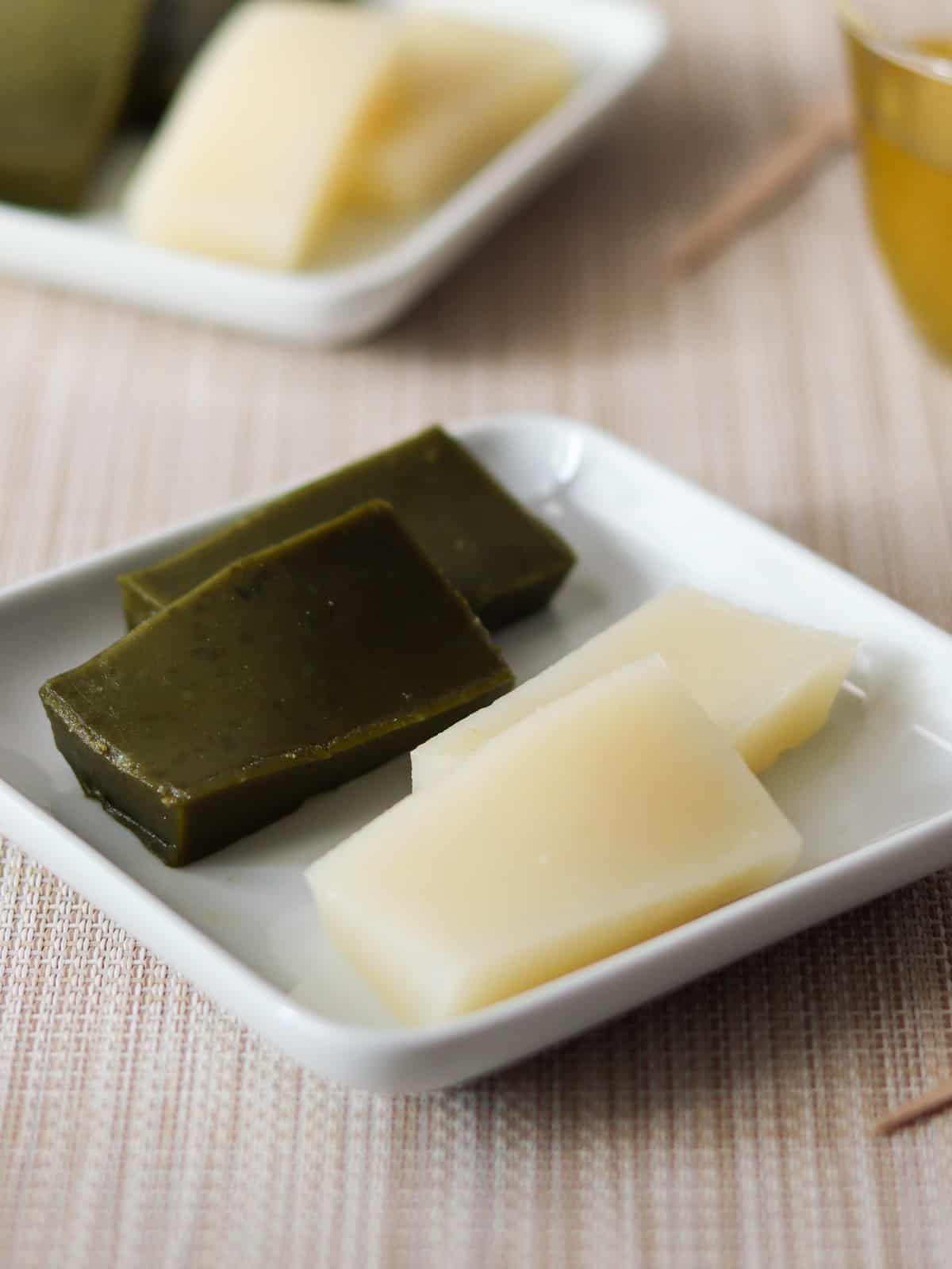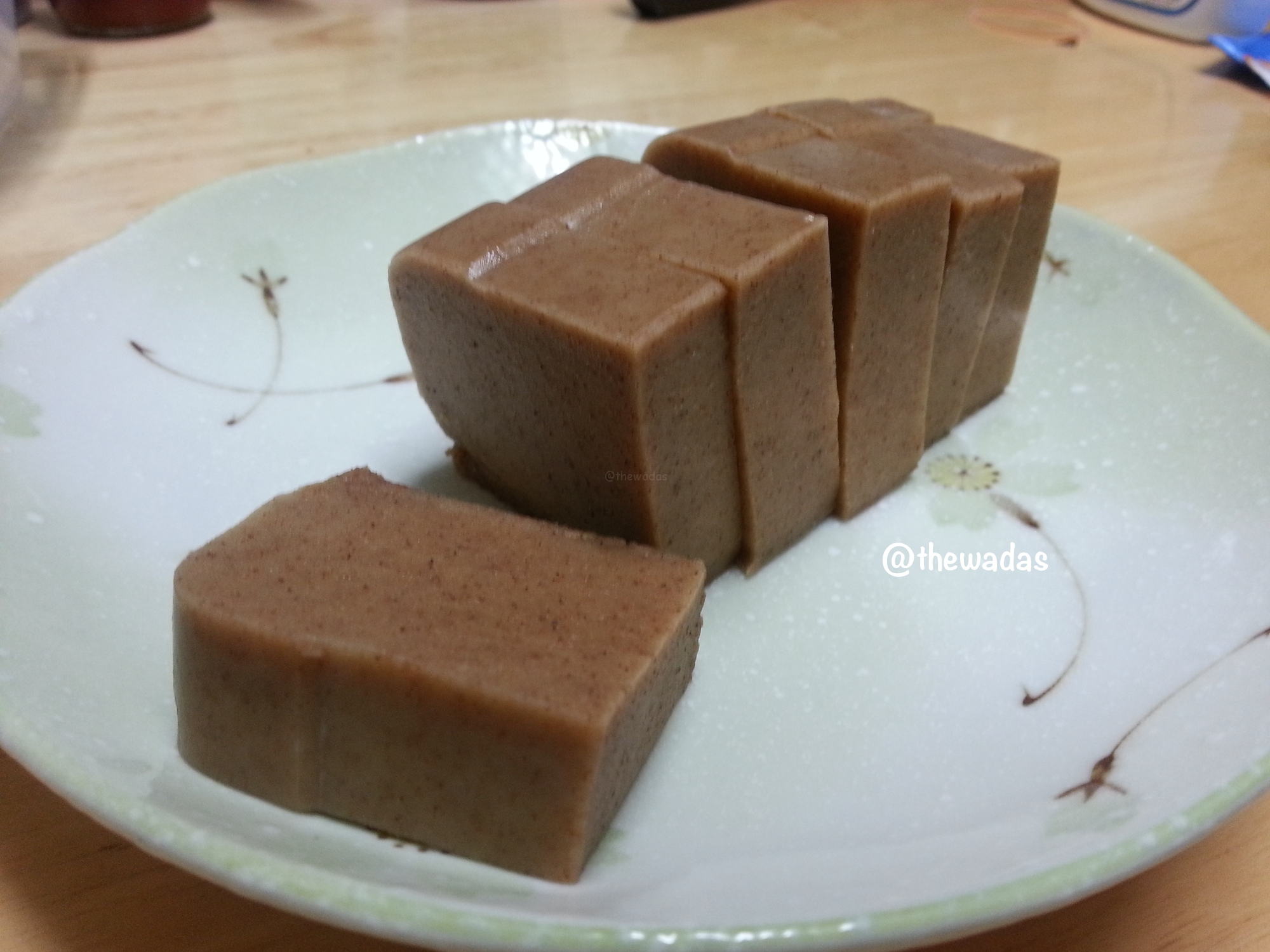Uiro: A Timeless Japanese Sweet Delight
Editor's Note: Uiro: A Traditional Japanese Sweet Delicacy was published on [date]. It is an in-depth guide that provides valuable insights into the history, flavors, and significance of this traditional Japanese treat.
Our team has meticulously analyzed and compiled information from various sources to create this comprehensive guide. We believe it will serve as a valuable resource for anyone interested in learning more about Uiro and its role in Japanese culture.
Key Differences:
| Characteristic | Uiro |
|---|---|
| Texture | Soft, chewy, and slightly sticky |
| Flavors | Traditionally green tea, but also includes red bean, chestnut, and matcha |
| Origin | Uiji, Japan (10th century) |
| Cultural Significance | Associated with tea ceremonies and special occasions |
Main Article Topics:
- Historical Origins and Evolution of Uiro
- The Delicate Flavors and Varieties of Uiro
- The Cultural Significance of Uiro in Japanese Society
- The Art of Crafting Uiro: Traditional Techniques and Modern Innovations
- Uiro Today: Its Enduring Popularity and Role in Japanese Cuisine

Uiro (Traditional Japanese Steamed Cake) - Umami Pot - Source umamipot.com
FAQ: Uiro: A Traditional Japanese Sweet Delicacy
This FAQ section provides answers to commonly asked questions about this traditional Japanese sweet treat.

Japanese Traditional Dessert Uiro Mochi Bar Stock Vector (Royalty Free - Source www.shutterstock.com
Question 1: What exactly is Uiro?
Answer 1: Uiro is a type of Japanese confection made from rice flour, sugar, and water. It is characterized by its smooth, chewy texture and subtle sweetness.
Question 2: Where did Uiro originate?
Answer 2: The exact origins of Uiro are unknown, but it is believed to have originated in the Aichi Prefecture of Japan during the Edo period.
Question 3: Are there different flavors of Uiro?
Answer 3: Yes, Uiro comes in a variety of flavors, including green tea, sakura (cherry blossom), and azuki bean.
Question 4: How is Uiro typically served?
Answer 4: Uiro is traditionally served as a tea accompaniment and is often cut into bite-sized pieces.
Question 5: Is Uiro difficult to make?
Answer 5: Uiro can be made at home with some effort, but it requires careful attention to detail and the use of specific ingredients.
Question 6: Where can I find Uiro outside of Japan?
Answer 6: Uiro is becoming increasingly popular worldwide and can be found in some specialty Japanese grocery stores and online retailers.
In conclusion, Uiro is a delicious and versatile Japanese sweet that can be enjoyed in a variety of ways. Whether you are a seasoned enthusiast or trying it for the first time, we hope this FAQ has provided you with valuable insights.
To learn more about the fascinating history and nuances of Uiro, we encourage you to explore our comprehensive article: Uiro: A Traditional Japanese Sweet Delicacy
```html
Tips
To enhance the enjoyment and appreciation of uiro, consider the following tips:
Tip 1: Cut Uiro Properly: Using a sharp knife, make clean and precise cuts to prevent the delicate texture from crumbling.
Tip 2: Serve at Room Temperature: Allow uiro to come to room temperature for approximately 30 minutes before serving, as this enhances its flavor and aroma.
Tip 3: Pair with Green Tea: The subtle sweetness of uiro complements the bitterness of green tea, creating a harmonious taste experience.
Tip 4: Explore Variations: Uiro is not limited to traditional flavors; experiment with variations such as matcha, strawberry, or black sesame.
Tip 5: Store Correctly: To preserve its freshness, wrap leftover uiro tightly in plastic wrap and store it in the refrigerator for up to 3 days.
Tip 6: Consider Special Occasions: Uiro's elegant presentation and auspicious symbolism make it an ideal treat for festivals, celebrations, or as a gift.
Summary: These tips showcase the versatility and appeal of uiro, allowing one to fully appreciate its unique characteristics and enjoy its delicate flavors.
Explore the article's conclusion for further insight into the cultural and historical significance of this exceptional Japanese delicacy.
```
Uiro: A Traditional Japanese Sweet Delicacy
Uiro is a celebrated Japanese delicacy, renowned for its unique texture and delicate sweetness. Several key aspects contribute to the allure of this traditional confection:
- Steamed rice flour: The base of uiro, lending a soft, chewy texture
- Sugar and starch syrup: Sweeteners that balance the subtle rice flavor
- Natural flavors: Green tea, red bean paste, or fruit purees enhance uiro's taste
- Distinct colors: Uiro is often vibrant, thanks to natural colorings
- Cut into squares: A signature presentation that adds visual appeal
- Celebratory sweet: Often served during tea ceremonies or as a gift
These aspects combine to create a sweet treat that is both visually pleasing and delectable. The chewy texture, balanced sweetness, and natural flavors make uiro a beloved indulgence in Japanese cuisine. Its cultural significance and versatility further solidify its place as a traditional Japanese delicacy.

Japanese Sweets: Cinnamon-Kinako Flavor Uiro - The Wadas On Duty - Source the-wadas.com

Japanese desserts recipes including green tea ice cream, Japanese - Source www.pinterest.com
Uiro: A Traditional Japanese Sweet Delicacy
Uiro is a traditional Japanese confection with a unique texture and delicate sweetness. Made from rice flour, sugar, and water, uiro is characterized by its smooth, chewy texture and mild flavor. This delectable treat has a rich history and cultural significance in Japan, and remains a beloved delicacy enjoyed by people of all ages.

Mochi dessert from Angels Churros N Chocolate 7160 Barker Cypress Rd - Source www.pinterest.com.mx
The origins of uiro can be traced back to the Heian period (794-1185). According to legend, the sweet was created by a court cook for Emperor Uda, who was fond of sweet treats. The cook experimented with different ingredients and techniques, and eventually developed a confection that was both delicious and visually appealing. Uiro quickly gained popularity among the nobility and spread throughout Japan.
Today, uiro is available in a variety of flavors and colors. The most common flavors are green tea, red bean, and chestnut, but uiro can also be flavored with fruits, flowers, and other natural ingredients. Uiro is typically served cut into small cubes or slices, and can be enjoyed on its own or with tea.
Uiro is not only a delicious treat, but also an important part of Japanese culture. It is often served at special occasions, such as weddings, funerals, and tea ceremonies. Uiro is also a popular gift for friends and family, and is often given as a symbol of good luck or appreciation.
Uiro: A Traditional Japanese Sweet Delicacy
Uiro is a traditional Japanese confection with a unique texture and delicate sweetness. Made from rice flour, sugar, and water, uiro is characterized by its smooth, chewy texture and mild flavor. This delectable treat has a rich history and cultural significance in Japan, and remains a beloved delicacy enjoyed by people of all ages.

Uiro Drawing Uiro Traditional Japanese Steamed Stock Illustration - Source www.shutterstock.com
The origins of uiro can be traced back to the Heian period (794-1185). According to legend, the sweet was created by a court cook for Emperor Uda, who was fond of sweet treats. The cook experimented with different ingredients and techniques, and eventually developed a confection that was both delicious and visually appealing. Uiro quickly gained popularity among the nobility and spread throughout Japan.
Today, uiro is available in a variety of flavors and colors. The most common flavors are green tea, red bean, and chestnut, but uiro can also be flavored with fruits, flowers, and other natural ingredients. Uiro is typically served cut into small cubes or slices, and can be enjoyed on its own or with tea.
Uiro is not only a delicious treat, but also an important part of Japanese culture. It is often served at special occasions, such as weddings, funerals, and tea ceremonies. Uiro is also a popular gift for friends and family, and is often given as a symbol of good luck or appreciation.
Conclusion
Uiro is a traditional Japanese confection that has been enjoyed for centuries. Its unique texture and delicate sweetness have made it a beloved treat for people of all ages. Uiro is also an important part of Japanese culture, and is often served at special occasions and given as gifts.
Today, uiro is still made using the same traditional methods that have been used for centuries. This ensures that the confection retains its unique flavor and texture. Uiro can be found in a variety of flavors and colors, making it a versatile treat that can be enjoyed by everyone.